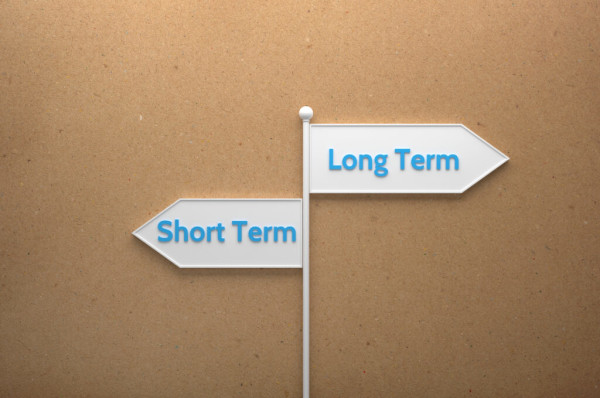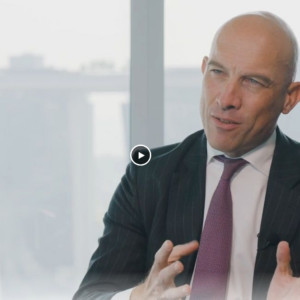Private View Blog: Short-term disruptions mask equities' longer-term strengths

Equity markets may be facing several short-term challenges, but the longer term picture is brighter, argues Anik Sen from PineBridge Investments
For much of the year, equity markets have laboured under three major dislocations. These are: repeated Covid-related lockdowns in China; Russia’s invasion of Ukraine; and persistently high headline inflation in the US. Of the three, only Russia’s invasion has the potential to deteriorate, even from the current calamitous levels.
While each of these is challenging, these shorter-term disruptions are masking several positive underlying secular trends, in our view. These include: massive investments needed to achieve the Paris Agreement’s net-zero carbon emissions targets; the push for diversification of global supply chains and reshoring of manufacturing closer to end-consumers; and increasing digitalisation across all industries as input cost inflation accelerates the need for productivity gains.
Looking alone at the Paris Agreement’s net-zero carbon emissions targets, it has been estimated that some $60tn of investments will be needed to achieve the target by 2050. Overall, we see the disconnect between these short-term and long-term forces may create attractive buying opportunities in companies set to benefit from longer-term secular trends but whose valuations have dropped amid the generalised equity declines.
I get locked down but I get out again
This is not to say it will be plain sailing. While we have seen such disconnects before, our sense is that the gap between top-down macro and bottom-up company views are unusually wide this time around. As such, we think the near-term outlook – for the rest of the year, at least – is unusually unpredictable.
But if our hypothesis is correct that all of the “big three” current disruptive forces will abate in time, the positive underlying secular trends should regain their ascendency in investor sentiment.
China, for instance, has been in a lengthy cycle of lockdowns and re-openings since the onset of Covid-19 in 2020. Given these difficulties, it is no wonder that the supply chain bottlenecks around the world have persisted for so long – well beyond most expectations last year.
It is unsurprising to us that the Fed clearly called out China’s challenges in the press release on its latest rate-hike decision. However, though it is often said that hindsight is 20-20 while foresight is myopic, China is edging closer to a sustainable reopening. It will continue its zero-Covid policy until the stockpiling of antivirals is deemed adequate and the rate of booster shots in the population is significantly higher. In our view, this will help boost market sentiment in the second half of this year.
The Fed is smarter than you think
Equities are a “long-duration” asset class, which means the 10-year bond yield is key, and hence the pace of quantitative tightening globally has become a major focus. Given the market fragilities globally, it is no surprise that the major central banks are taking a gradual and data-dependent approach to reducing their balance sheets.
Just as quantitative easing was a powerful force supporting markets and the economy following the 2008 financial crisis and the 2020 pandemic-driven lockdowns, we believe its reversal, or quantitative tightening, will be executed in line with the prevailing economic conditions and as the incoming data warrants.
In this context, the market is wrong in thinking that the Fed is “behind the curve” when it has the capability to speed up or even to slow down the reduction of its balance sheet as conditions dictate, that it has already achieved its objective of dampening consumer demand by curtailing the rate of growth in home equity, and has accelerated the pace of normalising the fed funds rate to neutral.
Valuation, allocation, dislocation
A major eye-opener for asset owners in 2022 has been that many large active funds that had been faring well have seriously underperformed their benchmarks. In most cases, this is down to poor risk control and an unintentional tilt toward growth style due to the popularity of technology-oriented names.
As investors look forwards, we think it’s prudent to stay close to the core in terms of style allocations, since we are in an extended period where volatility and style rotation are likely to be high across all markets.
For longer-term investors, current conditions provide fertile ground for buying not just good companies, but great companies that were too expensive before now – with strong visibility and valuations we view as modest, on the premise that the big-three dislocations are not likely to deteriorate significantly from here.
Anik Sen is global head of equities at PineBridge Investments



